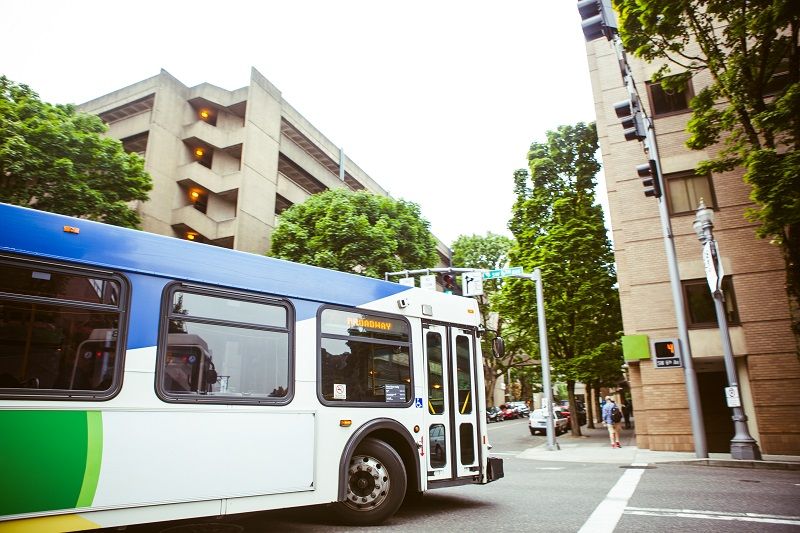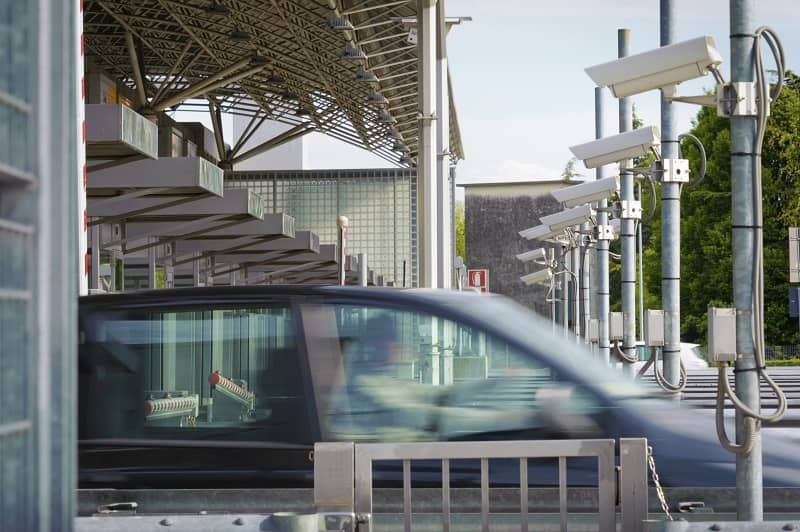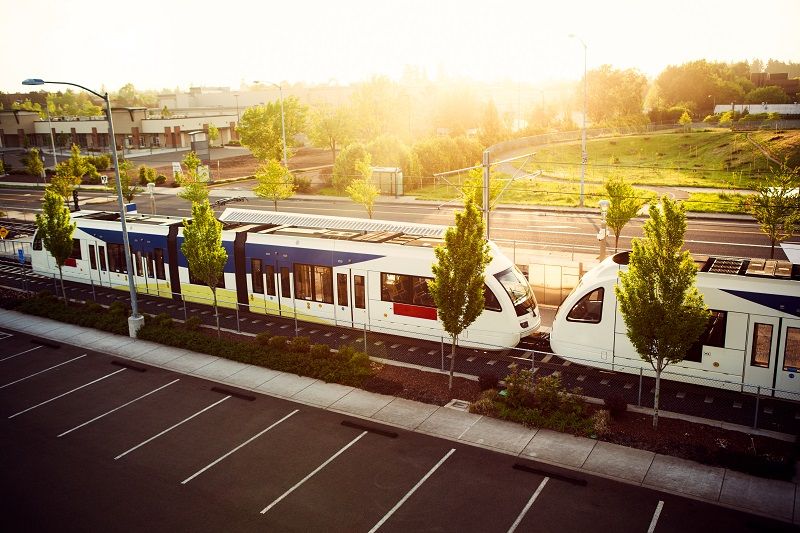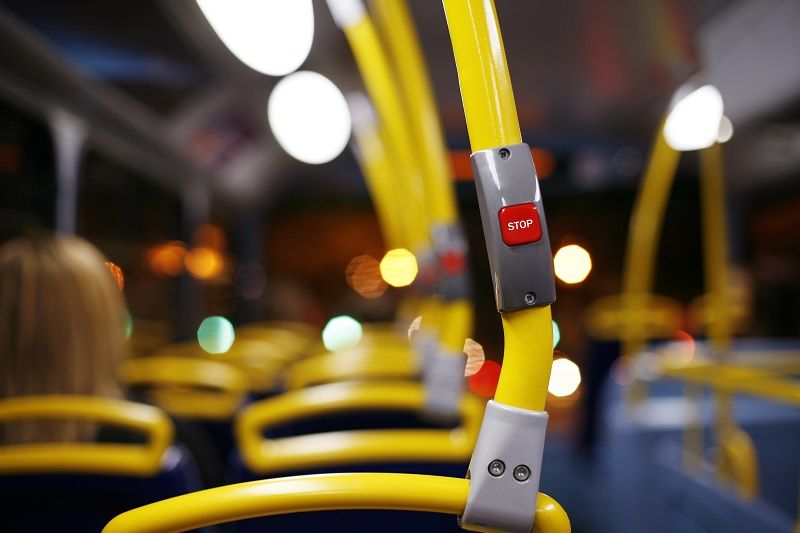In its proposed fiscal year 2015 budget, TriMet forecasts the purchase of two additional vehicles for the Wilsonville-to-Beaverton commuter rail line known as WES. The total cost will be $8.5 million in borrowed funds. None of those costs will be paid by WES riders; $600,000 annually in debt service will be paid by taxpayers for the next 20 years, for a total of $12 million.
This is a critical decision point for the TriMet board. Approving the proposed budget will expand the WES vehicle fleet from four to six and irrevocably commit the agency to commuter rail. But the five-year track record of WES suggests that another decision would be more defensible: shutting the train down completely.
There are at least three reasons to consider this option. First, WES is an energy hog. According to a new report by the Federal Railroad Administration, the average energy consumed by all commuter rail systems in America during 2010 was 2,923 British Thermal Units (BTU) per passenger-mile. WES was close to the bottom: It consumed 5,961 BTU per passenger-mile, more than twice the national average (by comparison the top performer was Stockton, CA: 1,907 BTU/passenger-mile).
Not only is WES inefficient compared with its peer group, it is wasteful compared with other modes of travel. The national average for all transit buses was 4,240 BTU per passenger-mile; for all light-duty cars, the average was 3,364.
In a state where most politicians are obsessed with energy conservation, it is difficult to justify expansion of a publicly subsidized line that is so wasteful.
Second, WES is TriMet’s most expensive fixed-route service, with an average per-ride cost of $12. Thus, even if ridership grows, it will not help TriMet, since the agency loses about $10 on every trip.
To see just how expensive WES is, we can compare it to an express bus route in the same corridor opened last year by the transit operator in Wilsonville, South Metro Area Rapid Transit (SMART). The costs of the bus are only 3% of WES: $1.30 per mile versus $43.74 for WES.
Transit Service from Wilsonville Station to Beaverton Transit Center
|
Operating cost/mile |
Operating cost/hour |
|
|
TriMet Express Rail |
$43.74 |
$949.84 |
|
SMART Express Bus |
$ 1.30 |
$ 83.17 |
Finally, WES ridership is tiny. WES now has about 940 daily riders who account for 1,880 average weekday “boardings.” This is still far below the forecast of 2,500 that was made for opening-year service (2009).
I’ve ridden WES at least 100 times in order to catch the express bus to Salem that picks up WES transfers in Wilsonville. For the privileged few on the train, it’s a nice trip. There are usually plenty of empty seats, free internet service, and lots of legroom. Plus, I feel like royalty as we shut down traffic temporarily on more than 20 east-west cross streets along the way. While this results in a net increase in regional congestion, it’s fun for the train riders.
But just because I personally enjoy WES, that doesn’t make it a good public investment. The bus alternative would move just as many riders at less cost and with lower fuel consumption.
Back in the 1990s, Westside politicians and rail boosters fell in love with the concept of a commuter train to Wilsonville. As with all such pork-barrel campaigns, the promises vastly exceeded eventual performance. But current TriMet board members can claim plausible deniability; none of them were on the Board back then, so it wasn’t their fault.
Now they have a chance to clean up the mess. It won’t be fun having to admit that mistakes were made; but if the Board is serious about re-setting TriMet on a path of financial sustainability, there will be many such decisions to be made. A long journey begins with the first step.
John A. Charles, Jr. is President and CEO of Cascade Policy Institute, Oregon’s free market public policy research organization.











